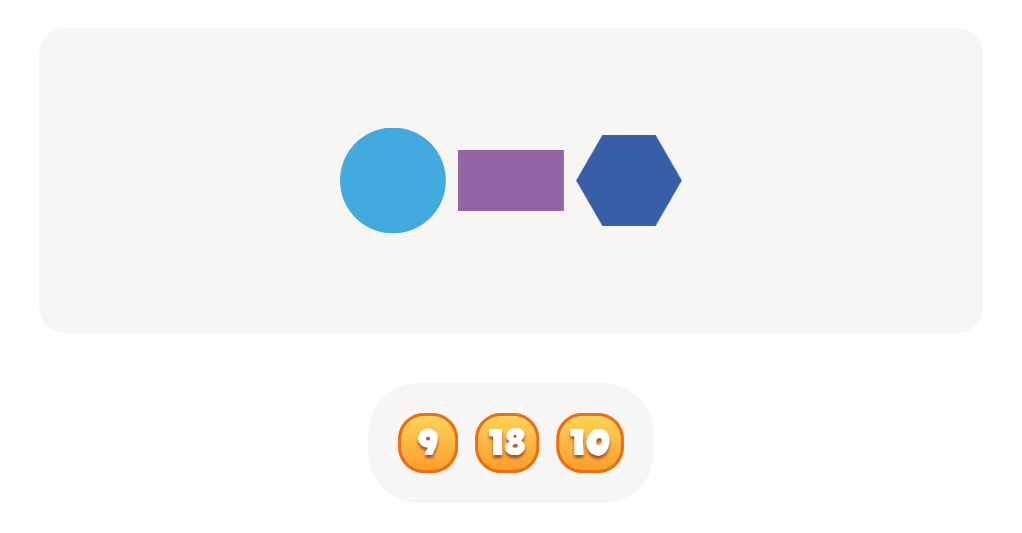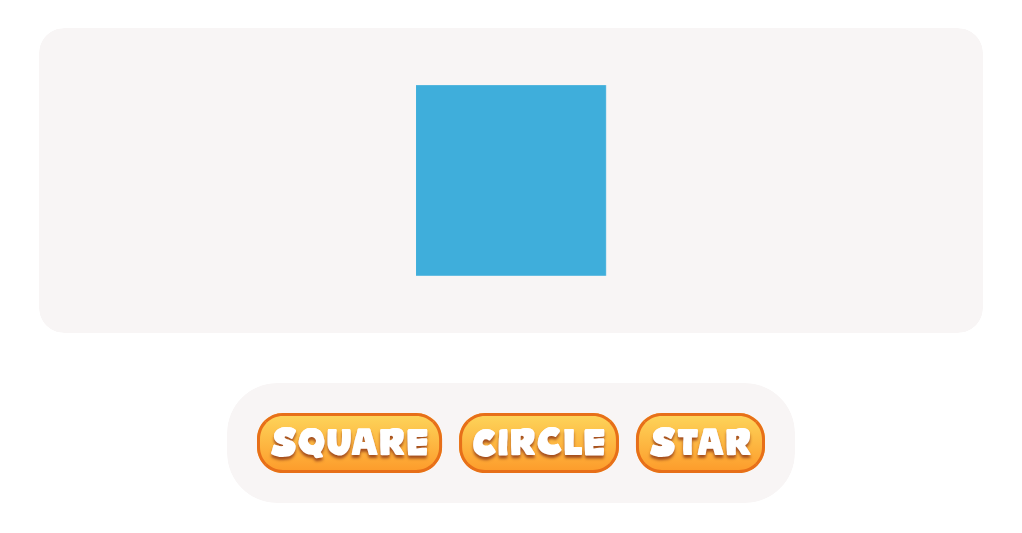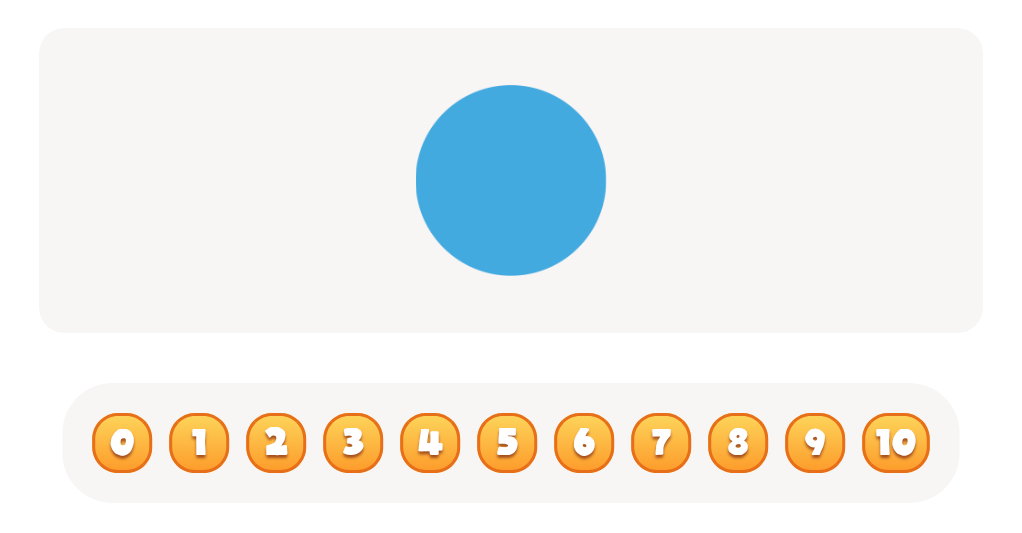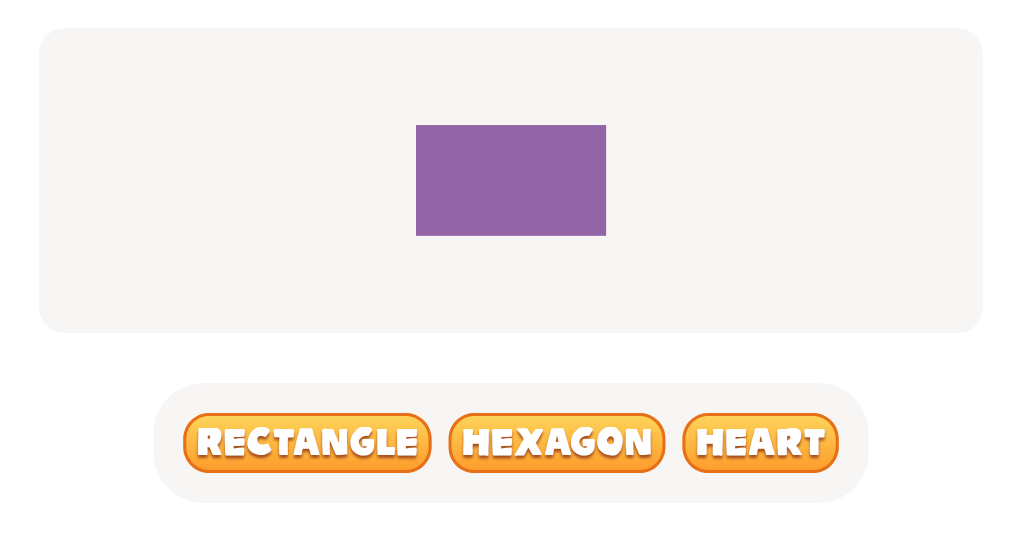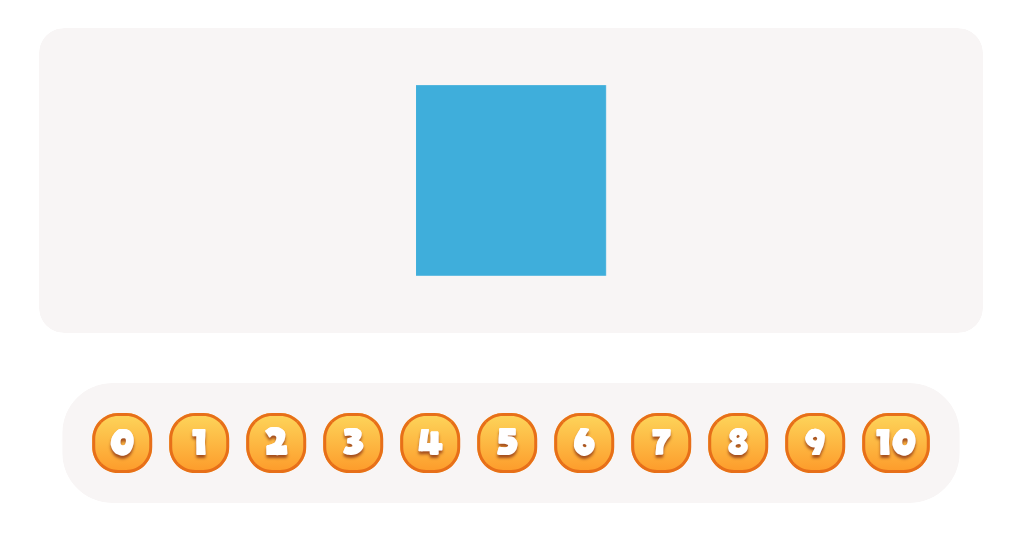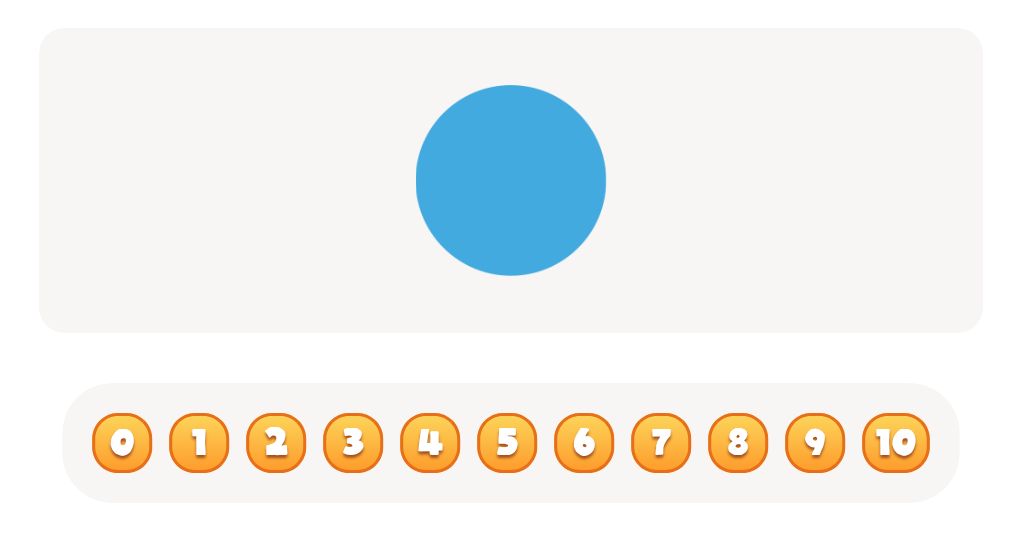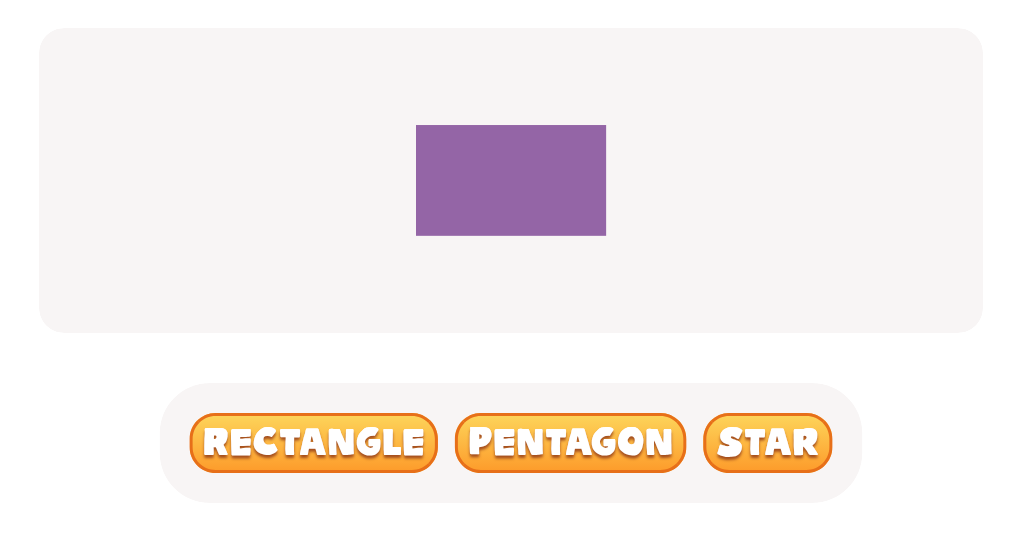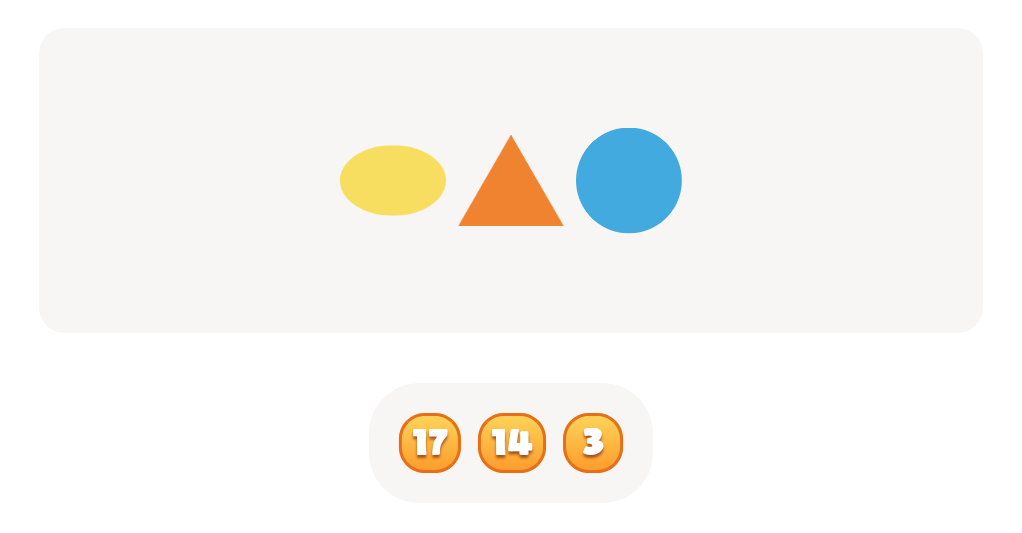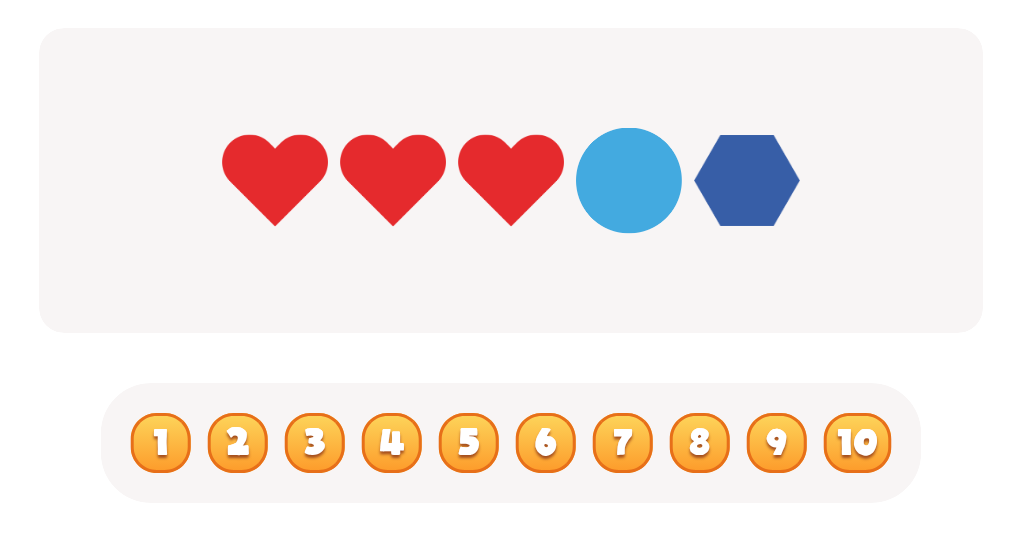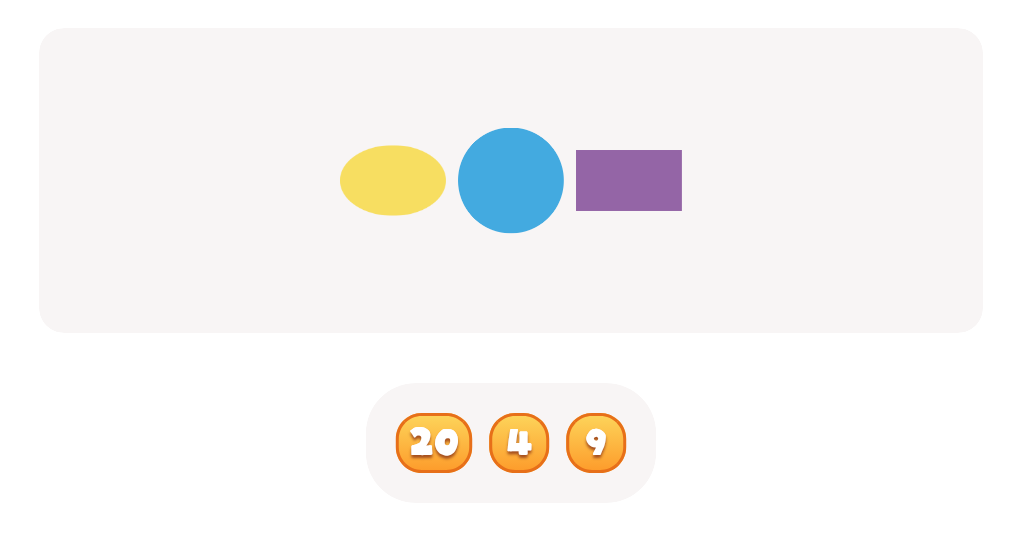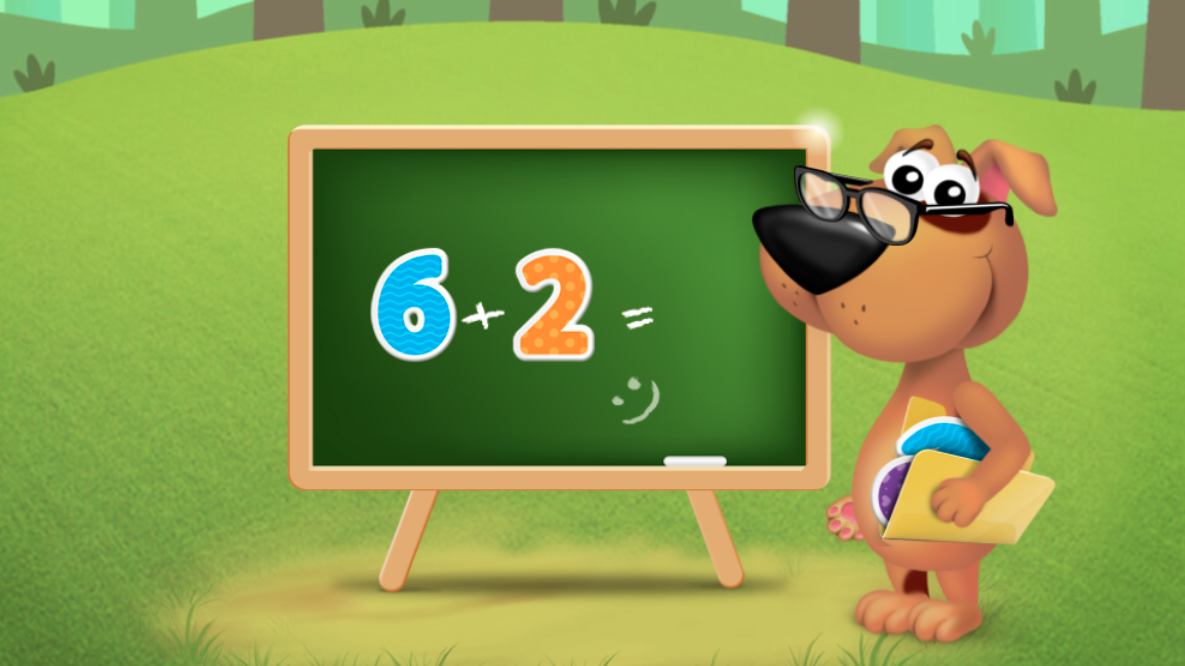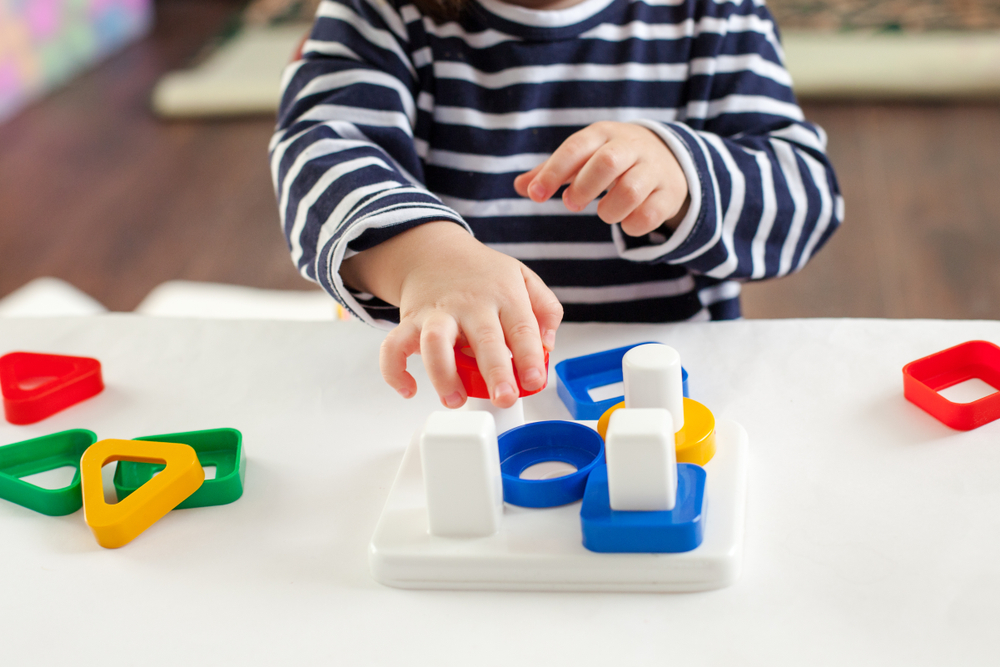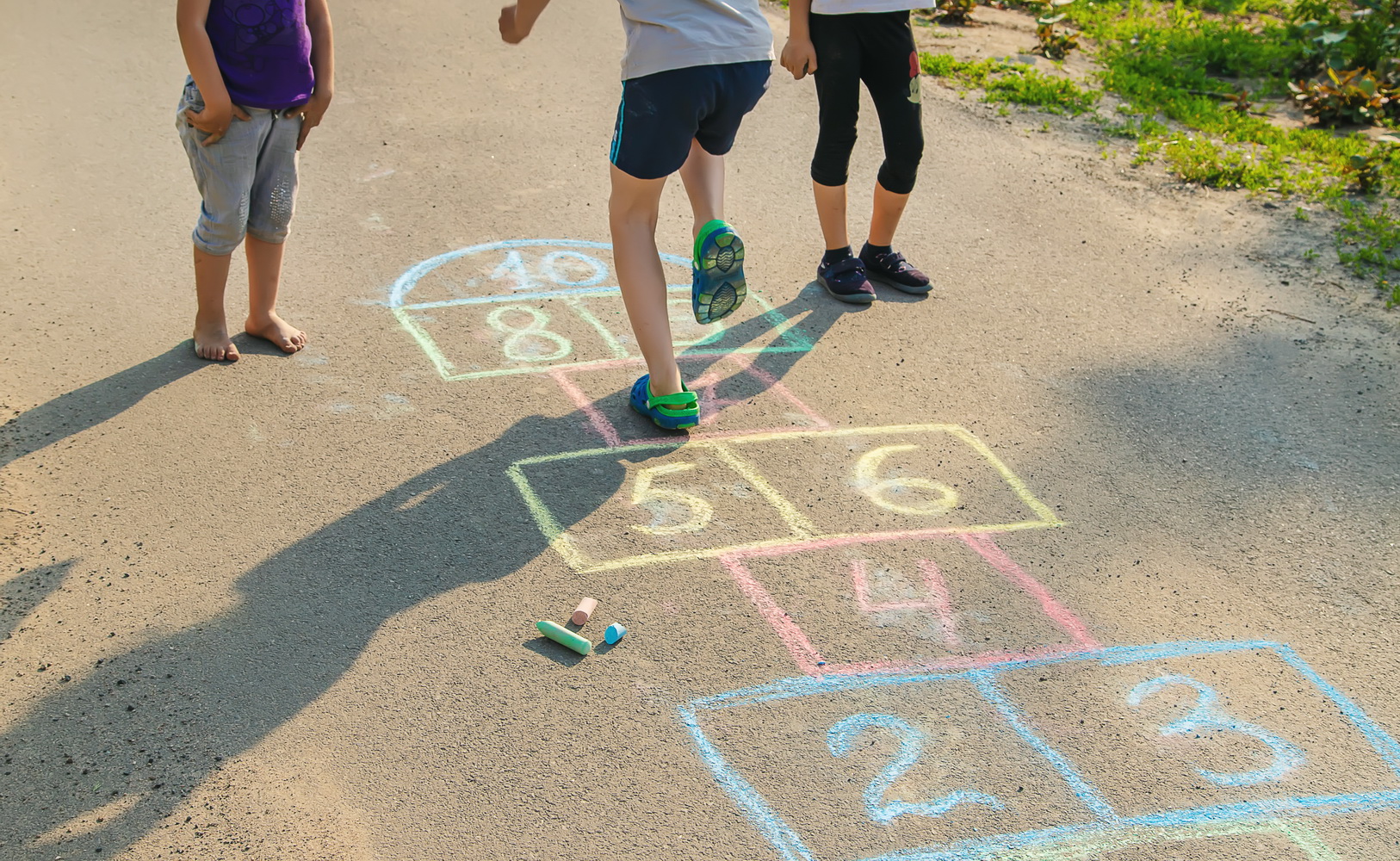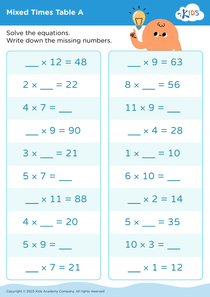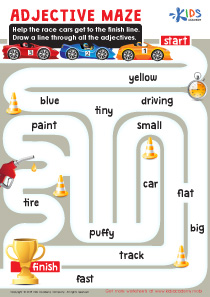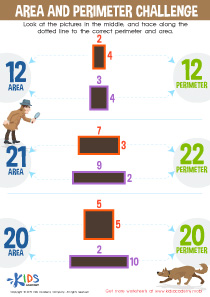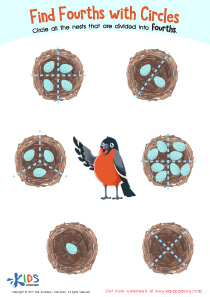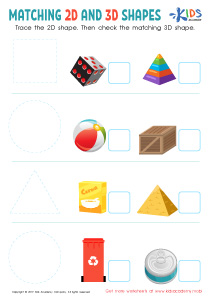Shape Recognition Extra Challenge 2D Shapes Worksheets for Ages 8-9
3 filtered results
-
From - To
Challenge your young learners’ critical thinking with our "Shape Recognition Extra Challenge 2D Shapes Worksheets for Ages 8-9". These engaging worksheets are designed for kids who already have a grasp of basic shapes and are ready for more complex concepts. Through a variety of exercises, children will enhance their ability to identify, differentiate, and categorize an array of 2D shapes. Tailored for ages 8-9, this collection sharpens their geometric skills while promoting problem-solving and logical reasoning abilities. Perfect for classroom and home use, these worksheets ensure learning shapes is both fun and educational. Download today and watch their confidence soar!
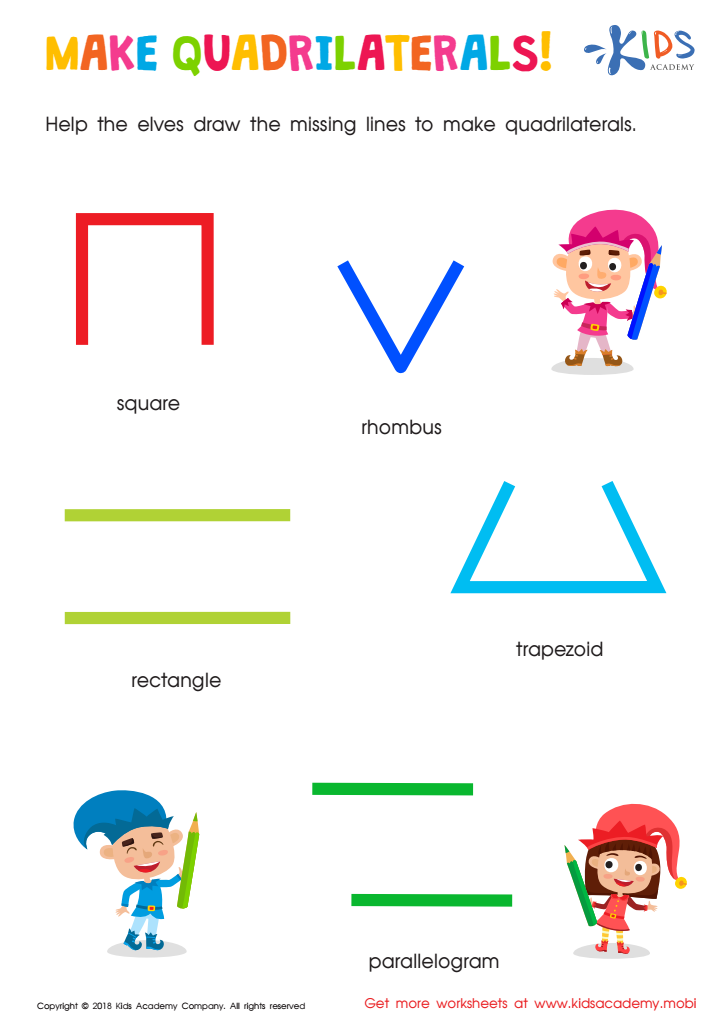

Make Quadrilaterals Worksheet
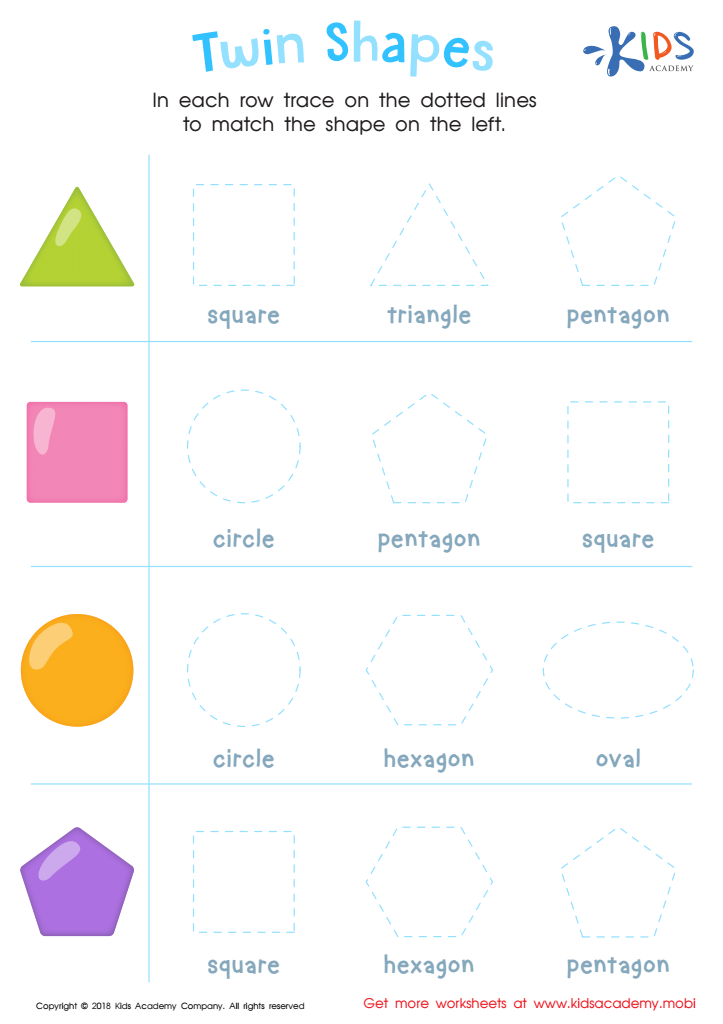

Twin Shapes Dot-to-Dot Worksheet
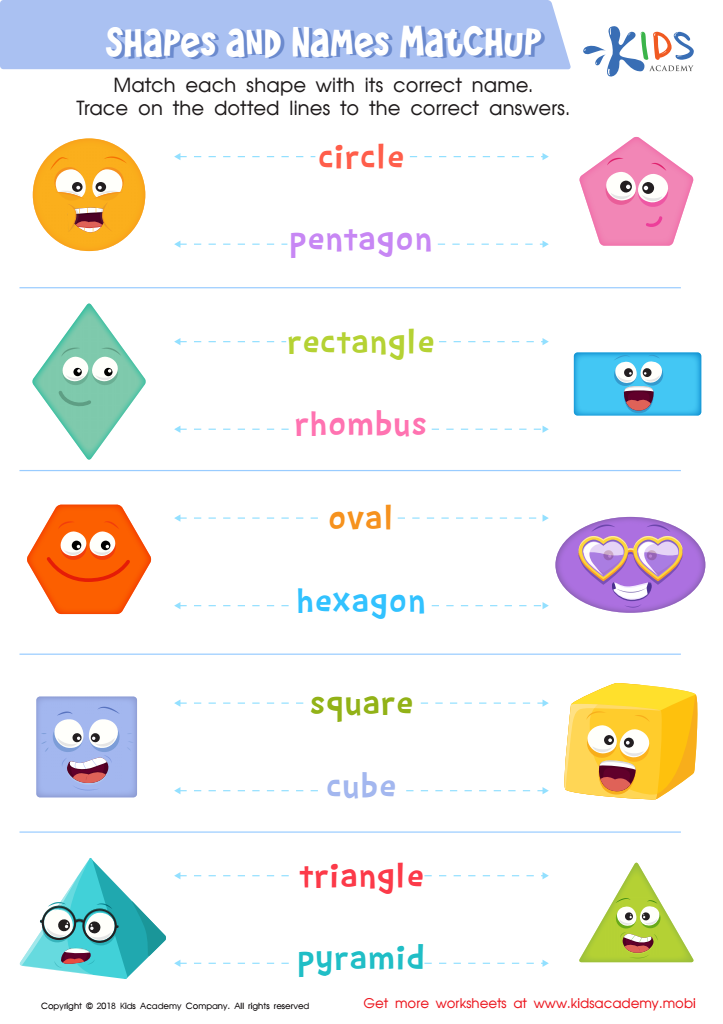

Shapes and Names Matchup Worksheet
Shape recognition is a critical skill for children aged 8-9 as it serves as a foundation for various complex learning areas as well as daily problem-solving. At this developmental stage, kids transition from basic geometric concepts to more intricate ones, and presenting them with extra challenges in 2D shapes aids in enhancing their cognitive abilities. Here’s why both parents and teachers should make it a priority:
Cognitive Development: Understanding shapes exercises a child's brain by promoting both logical and spatial thinking. Recognizing patterns and fitting shapes together nurtures problem-solving skills.
Academic Success: Mastery of geometry supports math-related tasks, aiding in fields requiring spatial reasoning, such as science, engineering, and architecture.
Viewpoint: It broadens a child’s perception and interpretation of the physical world, enabling them to see relationships between different parts of a whole.
Preparation for Higher Learning: Intermediate math and science concepts often rely on an understanding of shapes and their properties. Early proficiency reduces struggle with more advanced subjects.
Encouraging regular practice with shape recognition activities not only fosters an analytical mindset but also stimulates creativity. A child learning to recognize and manipulate shapes is concurrently learning patience, attention to detail, and the ability to think abstractly—skills invaluable throughout education and in everyday life. Thus, involving these challenges helps in holistically grooming a child's intellect and perception of the world around them.
 Assign to My Students
Assign to My Students
